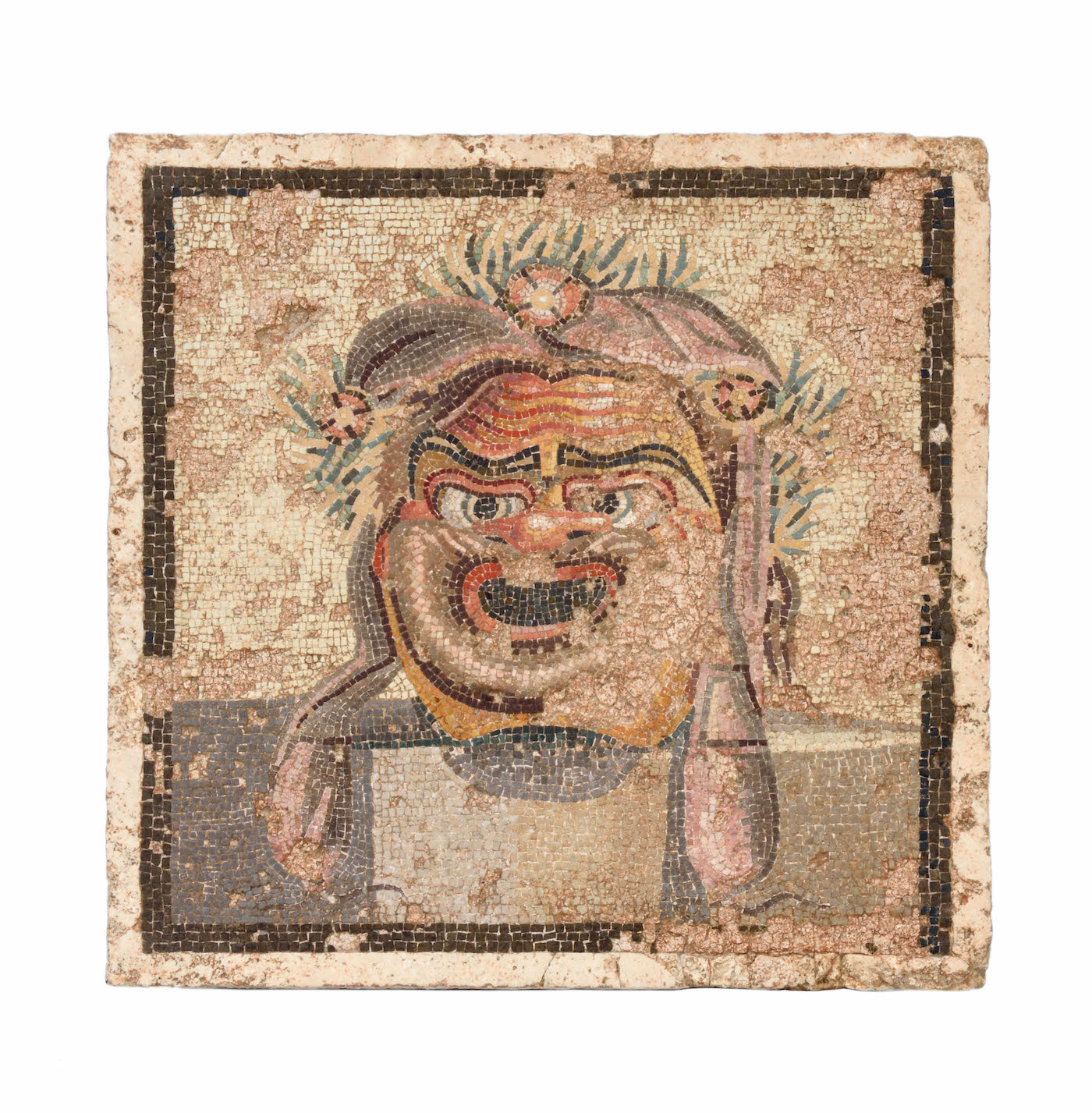- Object type
- vase
- Production date
- 100 / 150
- Fabric
- common pottery local production
- Culture
- Rome
- Discovery location
- Empúries. Ciutat Romana
- Materials
- terracotta
- Township
- Escala, l' (Europa, Espanya, Catalunya, Girona, Alt Empordà)
- Technique
- wheel-thrown
- Where is it?
- Exposició permanent
- Dimensions
- 196 x 196 mm






